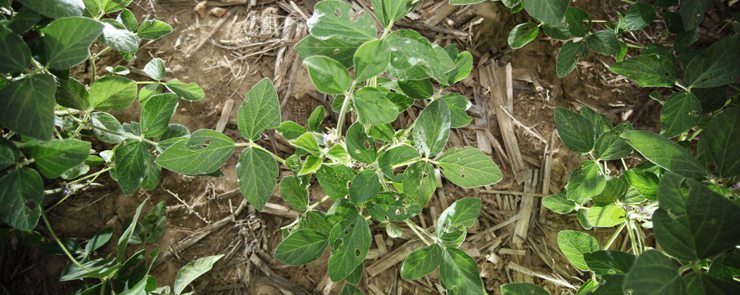Conditions ideal | Researcher says yields were promising last year, but frost is still a threat
MELVILLE, Sask. — The same conditions that encouraged the spread of sclerotinia in Saskatchewan canola crops last summer actually provided a boost to a small set of soybean trials in the province, says the research manager of the Indian Head Agricultural Research Foundation.
However, while one year of soybean trial data are encouraging, Chris Holzapfel still believes it’s a risky crop to grow in southeastern Saskatchewan.
“I don’t know if we can expect to do better than this in our environment, but this was certainly exciting to me,” he told producers at a recent seminar in Melville.
Read Also

Why feds imposed EV tariffs
Moe and Kinew have a fight on their hands when it comes to eliminating the EV tariff. Canada has to worry about pissing off the U.S. and Mexico and hundreds of thousands of auto workers.
Lots of heat and then a shot of moisture in late July boosted yields past 40 bushels per acre for some varieties from Manitoba’s NorthStar Genetics, which the organization began testing last summer.
Results from commercial growers in the area varied from 20 bu. per acre to the higher numbers, he added.
Holzapfel said improved genetics, which are better suited to a shorter season and cooler temperatures, as well as the crop’s success in Manitoba are driving interest from growers.
NorthStar’s earliest maturing variety, Reston, is pegged at 109 days and was one of the standout performers of the handful tested.
Plants are mature when 95 percent of pods have changed colour. Some of the company’s other varieties are listed with days to maturity up to 114 days.
“(So it’s) still a fairly long season crop relative to our wheat and canola and barley, things like that,” he said.
“But it has been achievable for the last couple of years.”
Researchers in Indian Head seeded the soybeans at 200,000 seeds per acre into spring wheat stubble.
While the results are encouraging, the risk of an early frost in late August or early September remains a significant threat to the crop.
“It should still be considered, in my opinion, a fairly risky crop,” said Holzapfel.
“I wouldn’t seed the whole farm to soybeans at this time.”















